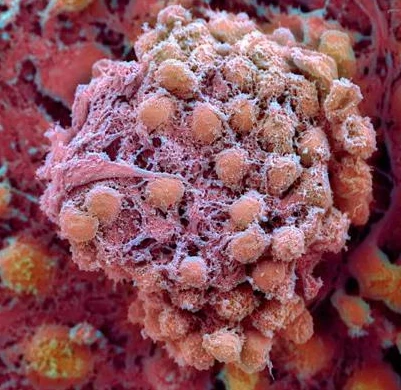Study finds the first secret of human embryonic development

Study finds the first secret of human embryonic development

Copyright © iCell Bioscience Inc, Shanghai 2018-2019
Every mammal, bird, and reptile's early embryos contain a group of cells with extraordinary power, called "organizers," responsible for guiding the head and tail of the embryo. Biologists have been unable to confirm the existence of âÂÂorganizersâ in human embryos because of technical and ethical constraints. Now, a heavy article in Nature, for the first time, observed such cells in embryos.
On May 23th, scientists from Rockefeller University in the United States published this groundbreaking study in the journal Nature. By bypassing the ethical limits of human embryo research, human stem cells were transplanted into chicken embryos. It was finally confirmed that with the developmental abilities of these organizers, a second set of nervous system can be promoted by chicken embryos.

This result shows that cells from different and far apart species can share development instructions. This means that organizers are still conservative in the evolution of hundreds of millions of years.
The study of "organizers" has a very clever and legendary start. As early as the early 1920s, German embryologists tried to study the process of embryonic induction in vertebrates. Embryo induction is a fundamental vision that determines the fate of a cell and directs its differentiation through cell-cell interaction during development.
Researchers used quail embryos as research materials to transplant embryonic dorsal lip cells into the abdomen of other quail embryos. As a result, it has been found that transplanted dorsal cells "induce" or "tissue" neighboring cells into primary cells of the brain and spine. This type of tissue is called an embryonic cell that stimulates the recipient embryo to develop a second set of nervous systems.
The discovery of âÂÂorganizersâ is considered one of the most important discoveries in the field of developmental biology. Since then, scientists have found similar organizers in the embryos of frogs, birds, and mice.
In this new study, the research team of the research team collaborated to find a solution that bypassed the 14-day rule. By collecting stem cells from human embryos (cells with multiple-differentiating potential) and placing them in a culture dish with a specific pattern (small square with a width of only 22 mm), they produce embryo-like structures.
At the same time, a series of growth factors have also been added to facilitate the generation of various cell layers in early embryos. The results show that in this embryo-like structure there is a cluster of cells that express the genetic features of the organizer.
The team implanted this cluster of cells into a 12-hour chicken embryo (equivalent to a 14-day human embryo). As a result, it was found that with the growth of chicken embryos, human organizer cells will guide the differentiation of neighboring chicken cells and generate a second set of chicken nerve cells.
Miraculously, the fate of these human embryonic organisers is to develop into non-neural tissues, but after being transplanted into chicken embryos, they will directly alter the fate of neighboring chicken cells and allow them to develop into a second set of nerves system.
This research is a "technological advancement." It will be similar to the organizer's cells in the cultivation of human embryos, can help researchers to resolve the unique signal capabilities of such cells. It can also bring more exploration, such as better understanding of the early development of human embryos, in order to find the defects that cause abortion.
However, this alternative method does not completely replace the organizer's developmental studies in human embryos. In the future, we hope to further analyze the details of human organizer cells affecting neighboring cells.
 Loading ....
Loading ....
